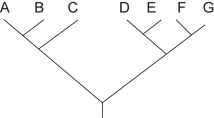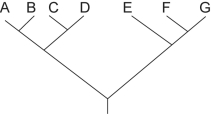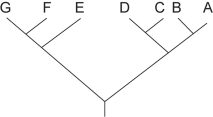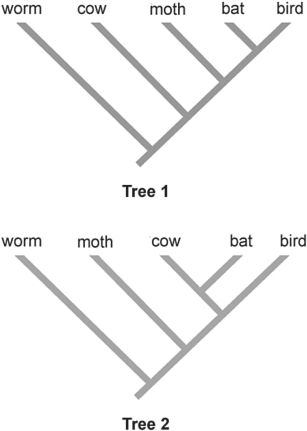Course
Biology Science
Study Pack
Set 25 Phylogenies And The History Of Life
Question 1
(Multiple Choice)
Free
 Figure 25.1
Figure 25.1-Which of the following trees depicts the same relationship among species as shown in Figure 25.1?
A)

B)

C)

D) None; the above trees all depict a different relationship among species.
Answer
Question 2
(Multiple Choice)
Free
 Figure 25.3
Figure 25.3-Applying the principle of parsimony to the trait "ability to fly," which of the two phylogenetic trees above is most parsimonious?
A) Tree 1
B) Tree 2
C) Both trees are equally parsimonious.
Answer
Question 3
(Multiple Choice)
Free
Proposed number of Hox genes in some extant and extinct animal groups Last Common Ancestor of Bilateria 4 Last Common Ancesto of Insects and Vertebrates 7 Ancestral Verte brates 14 Mammals 38 Which of the following is the most parsimonious explanation for the change in the number of Hox genes from the last common ancestor of insects and vertebrates to ancestral vertebrates, as shown in the table provided?
A) the occurrence of two distinct duplications of the entire seven-gene cluster, followed by the loss of one cluster
B) two distinct duplications of a three-gene cluster of Hox genes, followed by an independent duplication of an individual Hox gene
C) the occurrence of seven independent duplications of individual Hox genes
D) the occurrence of a single duplication of the entire seven-gene cluster
Answer